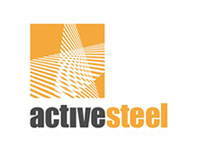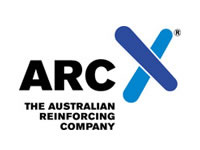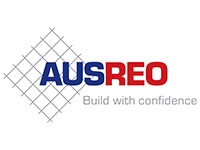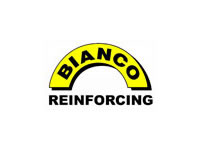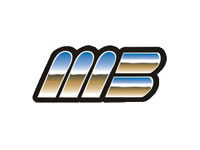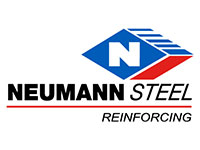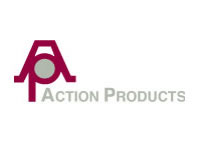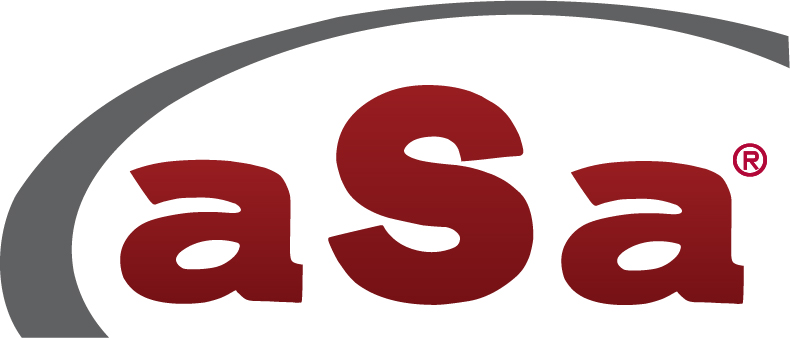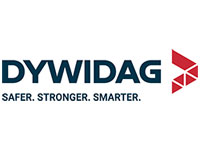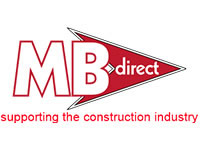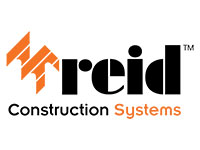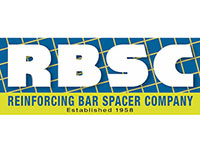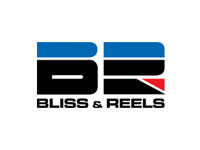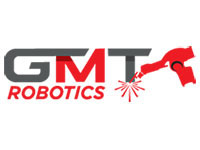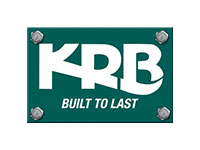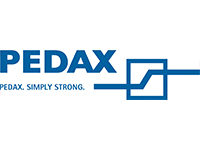The correct way to bend bars on-site
29-Oct-2019
You probably have bent reinforcing steel bars on-site. It’s common practice to straighten ‘pull-out’ bars when connecting a slab to a wall.
But if you don’t use the correct bending tools or know the minimum pin diameters to bend around, your reinforced concrete structure could be at risk. Incorrect bar bending can result in bar fractures and non-conformance to AS/NZS 4671 Steel reinforcing materials because the minimum elongation and strength gain requirements are no longer achieved.
You can protect yourself (and your structure) by following these simple guidelines to bend bars on-site.
On-site Bar Bending Guidelines
- Do not bend bars > 20mm on-site
Cold bending of bars over 20mm in diameter requires considerable force. If you need to bend larger bars, then speak to an SRIA member who has the equipment to bend bars up to 50mm in diameter.
- Use a hand-held power or manual bending tool that is fitted with a forming mandrel or pin of the correct size for the bar
The recommended bar bending tools can be purchased from SRIA members.
- When straightening or rebending bar, use the minimum pin diameters stated in Clause 17.2.3.3(c) of AS 3600 Concrete structures
5db for 20mm bars.
- Do not use a piece of pipe to bend bars as it is not allowed in AS 3600 Concrete structures
This process causes an extremely small effective bend diameter to be generated, resulting in extremely high localised stresses in the bend zone. The sharp edge can also notch the bar.
- Avoid impact blows, such as by a sledge hammer or other tool, to assist bending
AS 3600 Concrete structures specifically states 'that bars are not to be impacted by tools, such as sledge hammers'. This may result in an uncontrolled bend diameter being produced. The bar could fracture or the surface may be notched, both problems that cause reduced bend ductility.
< Go Back

